
Why the 1-Inch Camera Sensor is a Myth
It is very common to hear the term "1-inch sensor" and based on the name, it would be natural to assume that at least part of it is 1-inch in size. Except that's not the case.

It is very common to hear the term "1-inch sensor" and based on the name, it would be natural to assume that at least part of it is 1-inch in size. Except that's not the case.

Drones are fun. It doesn’t matter if we’re flying them or looking at drone photos and videos, there’s still that sense of wonder and awe as earthbound humans. That excitement carries over to watching not only any new drone, but in this case a high-end one that promises so much. There’s always inherent hype when a company like DJI announces a drone, and in the case of the Mavic 3, it may be justified.
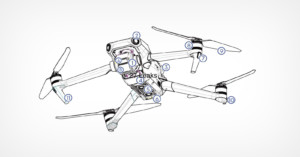
A new leak suggests that not only is DJI close to releasing the Mavic 3 Pro, it also will have several eye-catching specifications: 46-minute flight time and a dual-camera system, one of which features a 4/3-inch sensor.
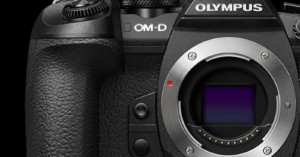
I was excited when Canon and Nikon finally stepped into the mirrorless game seriously more seriously, releasing their full-frame mirrorless cameras in 2018. Nikon launched their Z6 and Z7 with the new Z-Mount, while Canon released the EOS-R with a new RF-Mount.

Olympus just released this 18-second video teasing an upcoming mirrorless camera that will be announced on January 24th, 2019. From the glimpses we see, it seems clear that it's the previously leaked OM-D E-M1X camera, which features a pro-style body that has a built-in vertical grip.

Leica has announced the new D-Lux 7, a powerful yet compact camera the company is calling the "Swiss Army knife of Leica compact cameras."
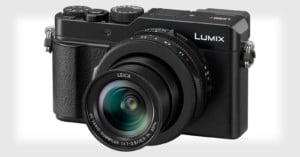
Panasonic has announced the new Panasonic Lumix LX100 II, a new high-end compact camera (the seventh in the LX series) that succeeds the 12.8MP LX100 with a 17-megapixel Four Thirds sensor.

Olympus has just announced the new OM-D E-M10 Mark III, a mirrorless camera designed for helping photography enthusiasts take their images to the next level. The camera is a tier below the flagship OM-D E-M1 II, which was announced in September 2016.

Olympus has officially announced that it's killing off its Four Thirds mount lenses and focusing instead on the Micro Four Thirds mount.
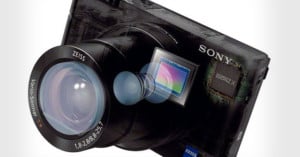
Bigger things may be coming to Sony's popular RX compact camera line, sensor-wise. A new report says that Sony is field testing a new RX camera that packs a significantly larger sensor -- possibly a Four Thirds format one -- that would put it in direct competition with cameras like the Panasonic LX100.
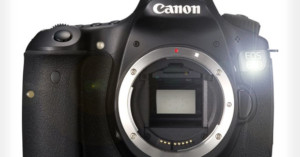
It looks like we'll be seeing at least two new DSLRs appear on the market between now and the end of this year. The latest rumors are saying that Canon will be launching a successor to the 60D shortly -- perhaps by the end of this month -- and that Olympus will be following up its E-5 DSLR with another pro-level Four Thirds DSLR body.
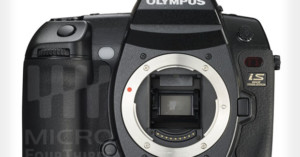
In a recent interview with Quesabesde, Miguel Angel Garcia, the CEO of Olympus Spain, dropped another "official" hint at what the camera company is cooking up to replace the E-5. The subsequent article, which initially said that the camera would be compatible with both Micro Four Thirds and Four Thirds Lenses, has since been reworded to state simply that the replacement for the E-5 will be "capable of harnessing the full potential of Four Thirds lenses."
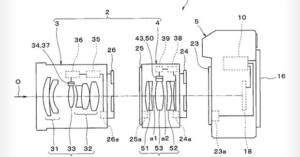
Olympus currently offers a $144 adapter called the MMF-2 for photographers who want to use an existing collection of Four Thirds-mount lenses on a Micro Four Thirds camera. The accessory makes the lenses mountable and acts as a middleman between the lenses and the cameras, but its features pretty much end there. It appears that Olympus is working on a much fancier adapter: one that actually contains lens elements and contains focusing/stabilization features as well.
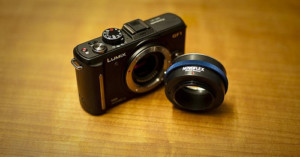
Back at the beginning of the year, Wired stirred up some fierce debate …